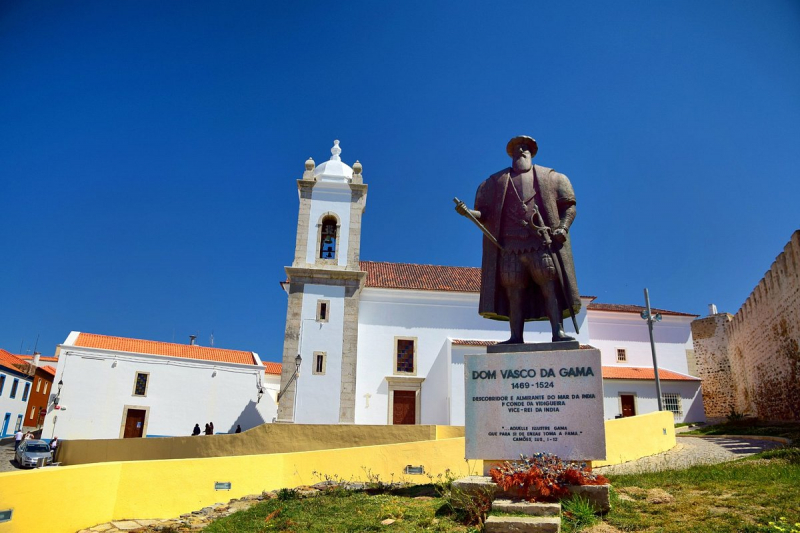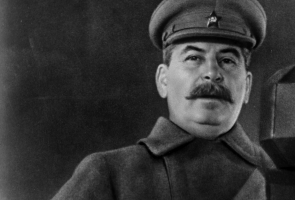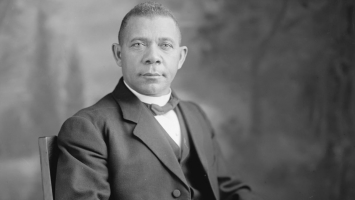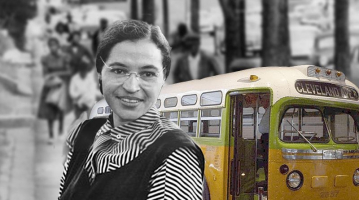Top 6 Interesting Facts about Vasco da Gama
Vasco da Gama is most known for sailing between Europe and India. He has a big role in Portuguese history. He went, explored new areas, and returned from his ... read more...trips with fresh items and information. Vasco da Gama's actions between the fourteenth and seventeenth centuries had a significant impact on both history and everyday life. He expanded trade, discovered new regions, and propagated religious principles. These most interesting facts about Vasco da Gama are presented in this post so that you may learn more about him and comprehend why he is one of the most well-known Portuguese explorers.
-
Vasco da Gama was born in the city of Sines in the year 1469. Estêvo da Gama, a small provincial nobleman who oversaw the stronghold of Sines on the Alentejo province's coast in southwestern Portugal, was the father of Da Gama, the third son. Vasco da Gama practically spent his whole childhood with sailors and travelers, enhancing his understanding in this area.
At the age of 18, Vasco da Gama had already enlisted as a ship's crewman tasked with guarding Portuguese ports along the African coast against piracy. At this young age, Vasco de Gama had also traveled across the Mediterranean and stopped at the Moroccan city of Tânger.
In response to French attacks on Portuguese commerce during the French civil war, King John II of Portugal dispatched Vasco da Gama to the port of Setubal, south of Lisbon, and to the Algarve, Portugal's southernmost region, in 1492. Da Gama completed this mission quickly and successfully.
Vasco da Gama was well known for his aggressive, gruff, and unyielding demeanor. He struggled with inferiority because he came from a low-income household, thus his goals were to become wealthy and famous.

Photo: https://vi.wikipedia.org/ 
Photo: https://nghiencuuquocte.org/ -
Vasco da Gama undertook the first known voyage from Europe to India through the Atlantic Ocean in 1495–1499, during the rule of Portuguese King Manuel I. To build a trade route to the west and successfully travel a route that many had tried before him but failed to complete, King Manuel had ordered Vasco da Gama to India.
On July 8, 1497, Vasco da Gama set off from Lisbon with a fleet of four ships, including a 200-ton storeship, a 50-ton caravel, and two medium-sized three-masted sailing ships, the "So Gabriel" and the "So Rafael." Three interpreters, including one who understood multiple Bantu languages and two Arabic speakers, were sent with Vasco da Gama's ship. Additionally, the fleet included padres, or stone pillars, for use as markers of discovery. On their maiden voyage, they arrived in India in less than a month.
It is one of the most interesting facts about Vasco da Gama that he was the first European to reach India by sea, and the journey is frequently regarded by historians as one of the best and most successful voyages of all time.

Photo: https://commons.wikimedia.org/ 
Photo: https://www.britannica.com/ -
Manuel I sent the Portuguese navigator Pedro Alvares Cabral to Calicut with a fleet of 13 ships to capitalize on da Gama's accomplishment. Because of the success of this mission, Lisbon quickly equipped the third fleet. Da Gama, who was promoted to the rank of admiral in January 1502, was assigned command of this fleet. Ten ships under Da Gama's leadership were assisted by two flotillas of five ships each, each of which was led by a relative.
The Mirim, a ship carrying Muslim pilgrims from Calicut to Mecca, was stopped by da Gama's crew at Madayi when it arrived in India in October 1502. Da Gama stole the ship with more than 400 pilgrims aboard, including 50 women, trapped the passengers, the owner, and an Egyptian diplomat inside, and burned them to death, according to eyewitness Thomé Lopes and chronicler Gaspar Correia. In exchange for their money, which "could ransom all the Christian slaves in the Kingdom of Fez and much more," they offered to be spared, but they were not. Through the porthole, Da Gama observed the women bringing up their jewelry and gold, as well as holding up their infants as a sign of desperation. Twenty kids' lives were saved from being coerced into becoming Christians. As a result, Vasco da Gama has received a bad reputation and Portuguese commercial practices have been linked to terrorism.

Photo: https://history.howstuffworks.com/ 
Photo: https://history.howstuffworks.com/ -
India has remained largely a mystery throughout the fifteenth and sixteenth centuries. It was an uncharted region where exquisite spices and exquisite jewelry could be found in abundance. Vasco da Gama provided Portugal with power and a new source of money once he established a business relationship with India.
One of the most well-known and renowned explorers from the Age of Discovery is Vasco da Gama. He was largely responsible for Portugal's success as an early colonizing power, more so than anybody after Henry the Navigator. Aside from the fact that he made the first journey, it was his clever blending of politics and conflict on the other side of the globe that gave Portugal a leading position in trade in the Indian Ocean. Following da Gama's inaugural expedition, the Portuguese crown knew that preserving national trade routes to the Far East would require controlling strongholds on the eastern coast of Africa.
Vasco da Gama was granted important positions in the military and navy as a result of his voyages and discoveries. The Portuguese viewed him as a hero after he came home, one of the most interesting facts about Vasco da Gama. It is indisputable that he was a crucial figure in Portugal's history.

Photo: https://www.wbur.org/ 
Photo: https://bangladeshpost.net/ -
Vasco da Gama, who has numerous objects named after him, changed the course of history for Europeans by discovering a way to India. In his native nation, he is still largely recognized as a hero. In Lisbon, he is commemorated with several structures, including the Vasco da Gama Tower, a retail center, and a bridge.
He has, however, also been represented as a bad guy. He was alleged to have been extremely conceited, to have a violent temper, and to have disrespected cultures on the other side of the world. The Pilgrim event is regarded as a shining example of his characters' far meaner side. In the 2011 Indian movie Urumi, he was portrayed as a villain.
Vasco da Gama was reputed to be somewhat violent and haughty. His demeanor had some characteristics that strained his relationships with Muslims. He discovered during his first visit to India that India had already established trading relations with several nations, including China and Africa. This made it difficult to build successful relationships with the locals, as did the fact that he had an abrasive temper. Vasco da Gama and his crew are alleged by some historians to have disrespected Hindu shrines and even kidnapped a few locals to serve as interpreters on subsequent missions.

Photo: https://gohighbrow.com/ 
Photo: https://www.history.com/ -
You would believe that this famous explorer and conqueror passed away valiantly, defending his home country of Portugal or seeking out new lands to take, but in reality, he did not. Vasco de Gama was dispatched to India on his third and final expedition in 1524 to take over as Governor of India in place of Duarte de Meneses, who was reputed to have administered India up until that point carelessly and disastrously.
Although he landed in Goa, India, without incident, he quickly fell ill after being bitten by a mosquito and had malaria, one of the worst diseases at the time in the East. If you do not receive the proper vaccination, it is quite likely that you may contract the illness known as malaria from mosquitos in countries such as South Africa, Papua New Guinea, and India.
Even though he was sick, he was still able to assert his position as Vice-King of India and, for the short time he had left, he created order in the lands of the East. Vasco da Gama passed away on Christmas Eve, December 24, 1524, in the city of Cochin. Vasco da Gama was initially laid to rest at St. Francis Church in Kochi, but fifteen years after his passing, in 1539, his body was brought back to Portugal. When he came back, his body was turned over in Vidigueira, and his casket was adorned with gold and jewels.

Photo: https://www.timetoast.com/ 
Photo: https://www.tripadvisor.com/



























